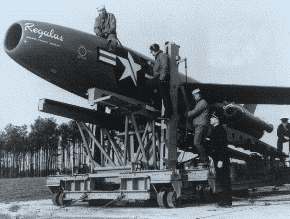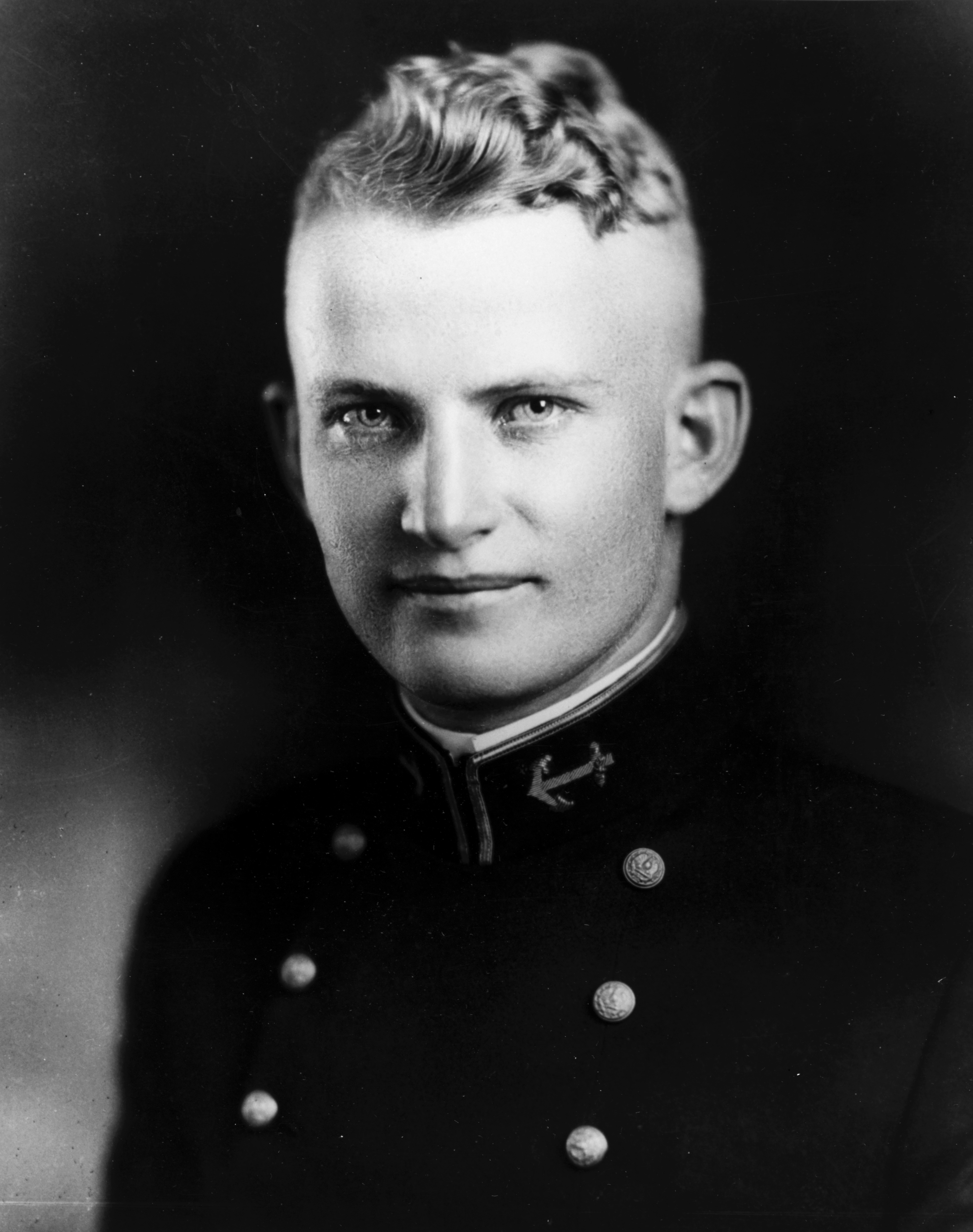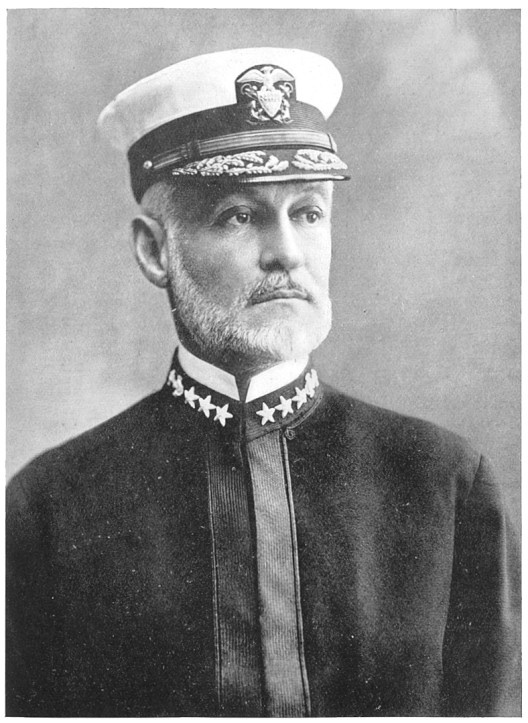|
George Washington-class Submarine
The ''George Washington'' class was a class of nuclear-powered ballistic missile submarines deployed by the United States Navy. ''George Washington'', along with the later , , , and classes, comprised the "41 for Freedom" group of submarines that represented the Navy's main contribution to the nuclear deterrent force through the late 1980s. Development In 1957, the US Navy began using submarines in the nuclear deterrent role, when a pair of World War II vintage diesel-electric boats, and , converted to be able to carry a pair of Regulus cruise missiles, began operating deterrent patrols. These two were soon joined by a pair of purpose built diesel boats, and a nuclear powered boat, . However, the use of Regulus in the deterrent role showed a number of limitations; as a cruise missile, it was vulnerable to interception by fighter aircraft, it was limited to subsonic speed, and had a range of less than 1000 km, while the largest of the Regulus armed boats could carry a ma ... [...More Info...] [...Related Items...] OR: [Wikipedia] [Google] [Baidu] |
USS George Washington (SSBN-598) Underway At Sea, Circa In The 1970s
Four ships of the United States Navy have been named USS ''George Washington'' in honor of George Washington. *, was purchased on 12 October 1798 and served for less than four years. She was sold in May 1802. *, was a German ocean liner, launched in 1908. She was taken over and converted into a transport by the US Navy during World War I. She was sold for scrap in 1951. *, the lead ship of her class, was the first American ballistic missile submarine A ballistic missile submarine is a submarine capable of deploying submarine-launched ballistic missiles (SLBMs) with nuclear warheads. The United States Navy's hull classification symbols for ballistic missile submarines are SSB and SSBN – t .... She was commissioned 30 December 1959 and decommissioned 24 January 1985. *, is the sixth . She was commissioned on 4 July 1992 and is currently in active service. See also * {{DEFAULTSORT:George Washington United States Navy ship names ... [...More Info...] [...Related Items...] OR: [Wikipedia] [Google] [Baidu] |
SSM-N-8 Regulus
The SSM-N-8A Regulus or the Regulus I was a United States Navy-developed ship-and-submarine-launched, nuclear-capable turbojet-powered second generation cruise missile, deployed from 1955 to 1964. Its development was an outgrowth of U.S. Navy tests conducted with the German V-1 missile at Naval Air Station Point Mugu in California. Its barrel-shaped fuselage resembled that of numerous fighter aircraft designs of the era, but without a cockpit. Test articles of the Regulus were equipped with landing gear and could take off and land like an airplane.''Regulus: The First Nuclear Missile Submarines'' documentary, Spark, 2002 When the missiles were deployed they were launched from a rail launcher, and equipped with a pair of Aerojet JATO bottles on the aft end of the fuselage. History Design and development In October 1943, Chance Vought Aircraft Company signed a study contract for a range missile to carry a warhead. The project stalled for four years, however, until May 1947 ... [...More Info...] [...Related Items...] OR: [Wikipedia] [Google] [Baidu] |
Inertial Navigation System
An inertial navigation system (INS) is a navigation device that uses motion sensors (accelerometers), rotation sensors ( gyroscopes) and a computer to continuously calculate by dead reckoning the position, the orientation, and the velocity (direction and speed of movement) of a moving object without the need for external references. Often the inertial sensors are supplemented by a barometric altimeter and sometimes by magnetic sensors ( magnetometers) and/or speed measuring devices. INSs are used on mobile robots and on vehicles such as ships, aircraft, submarines, guided missiles, and spacecraft. Other terms used to refer to inertial navigation systems or closely related devices include inertial guidance system, inertial instrument, inertial measurement unit (IMU) and many other variations. Older INS systems generally used an inertial platform as their mounting point to the vehicle and the terms are sometimes considered synonymous. Overview Inertial navigation is a self-cont ... [...More Info...] [...Related Items...] OR: [Wikipedia] [Google] [Baidu] |
Edward Teller
Edward Teller ( hu, Teller Ede; January 15, 1908 – September 9, 2003) was a Hungarian-American theoretical physicist who is known colloquially as "the father of the hydrogen bomb" (see the Teller–Ulam design), although he did not care for the title, considering it to be in poor taste. Throughout his life, Teller was known both for his scientific ability and for his difficult interpersonal relations and volatile personality. Born in Hungary in 1908, Teller emigrated to the United States in the 1930s, one of the many so-called "Martians", a group of prominent Hungarian scientist émigrés. He made numerous contributions to nuclear and molecular physics, spectroscopy (in particular the Jahn–Teller and Renner–Teller effects), and surface physics. His extension of Enrico Fermi's theory of beta decay, in the form of Gamow–Teller transitions, provided an important stepping stone in its application, while the Jahn–Teller effect and the Brunauer–Emmett–Teller (BE ... [...More Info...] [...Related Items...] OR: [Wikipedia] [Google] [Baidu] |
Project Nobska
Project Nobska was a 1956 summer study on anti-submarine warfare (ASW) for the United States Navy ordered by Chief of Naval Operations Admiral Arleigh Burke. It is also referred to as the Nobska Study, named for its location on Nobska Point near the Woods Hole Oceanographic Institution (WHOI) on Cape Cod, Massachusetts. The focus was on the ASW implications of nuclear submarines, particularly on new technologies to defend against them. The study was coordinated by the Committee on Undersea Warfare (CUW) of the National Academy of Sciences (NAS). It was notable for including 73 representatives from numerous organizations involved in submarine design, submarine-related fields, and weapons design, including senior scientists from the Atomic Energy Commission's nuclear weapons laboratories. Among the participants were Nobel laureate Isidor Rabi, Paul Nitze, and Edward Teller. The study's recommendations influenced all subsequent US Navy submarine designs, as well as submarine-launche ... [...More Info...] [...Related Items...] OR: [Wikipedia] [Google] [Baidu] |
Arleigh Burke
Arleigh Albert Burke (October 19, 1901 – January 1, 1996) was an admiral of the United States Navy who distinguished himself during World War II and the Korean War, and who served as Chief of Naval Operations during the Eisenhower and Kennedy administrations. , the lead ship of its class of Aegis-equipped guided missile destroyers, was commissioned in Burke's honor in 1991. The honor of naming a vessel after a living figure was only the fourth time it had been bestowed since 1861. Early life and naval career Burke was born in Boulder, Colorado, on October 19, 1901, to Oscar Burke and Clara Mokler. His grandfather, August Björkgren, was a Swedish immigrant to the US and changed his surname to 'Burke', a common Irish surname, to sound more 'American'. Due to the 1918 influenza outbreak, schools were closed in Boulder and he never graduated from high school. Burke won an alternate appointment to the United States Naval Academy given by his local congressman. During his ... [...More Info...] [...Related Items...] OR: [Wikipedia] [Google] [Baidu] |
Chief Of Naval Operations
The chief of naval operations (CNO) is the professional head of the United States Navy. The position is a statutory office () held by an admiral who is a military adviser and deputy to the secretary of the Navy. In a separate capacity as a member of the Joint Chiefs of Staff (), the CNO is a military adviser to the United States National Security Council, National Security Council, the United States Homeland Security Council, Homeland Security Council, the United States Secretary of Defense, secretary of defense, and the President of the United States, president. The current chief of naval operations is Michael M. Gilday, Admiral Michael M. Gilday. Despite the title, the CNO does not have operational command authority over naval forces. The CNO is an administrative position based in the Pentagon, and exercises supervision of Navy organizations as the designee of the secretary of the Navy. Operational command of naval forces falls within the purview of the Unified combatant comma ... [...More Info...] [...Related Items...] OR: [Wikipedia] [Google] [Baidu] |
William Raborn
William Francis Raborn, Jr., (June 8, 1905 – March 6, 1990) was the United States Director of Central Intelligence from April 28, 1965 until June 30, 1966. He was also a career United States Navy officer who led the project to develop the UGM-27 Polaris, Polaris missile system and retired from the Navy in 1963 as a Vice Admiral (United States), Vice Admiral. Born in Decatur, Texas, he graduated from the U.S. Naval Academy in 1928. During World War II he directed the Gunnery Training Section at the Bureau of Aeronautics. He also served in the Pacific on aircraft carriers: Raborn was the executive officer of the carrier when her deck was damaged by a kamikaze attack. He had the deck repaired in four hours, allowing the ship's aircraft (which had been airborne when the kamikaze struck) to land safely - for this Raborn was awarded the Silver Star. [...More Info...] [...Related Items...] OR: [Wikipedia] [Google] [Baidu] |
Intermediate-range Ballistic Missile
An intermediate-range ballistic missile (IRBM) is a ballistic missile with a range of 3,000–5,500 km (1,864–3,418 miles), between a medium-range ballistic missile (MRBM) and an intercontinental ballistic missile (ICBM). Classifying ballistic missiles by range is done mostly for convenience; in principle there is very little difference between a low-performance ICBM and a high-performance IRBM, because decreasing payload mass can increase range over ICBM threshold. The range definition used here is used within the U.S. Missile Defense Agency. Some other sources include an additional category, the long-range ballistic missile (LRBM), to describe missiles with a range between IRBMs and true ICBMs. The more modern term theatre ballistic missile encompasses MRBMs and SRBMs, including any ballistic missile with a range under . The progenitor for the IRBM was the A4b winged rocket, based on the V-2 (officially called A4) rocket used by Nazi Germany at the end of World War II ... [...More Info...] [...Related Items...] OR: [Wikipedia] [Google] [Baidu] |
PGM-19 Jupiter
The PGM-19 Jupiter was the first nuclear armed, medium-range ballistic missile (MRBM) of the United States Air Force (USAF). It was a liquid-propellant rocket using RP-1 fuel and LOX oxidizer, with a single Rocketdyne LR79-NA (model S-3D) rocket engine producing of thrust. It was armed with the W49 nuclear warhead. The prime contractor was the Chrysler Corporation. The Jupiter was originally designed by the US Army, which was looking for a highly accurate missile designed to strike enemy states such as Communist China and USSR. The US Navy also expressed an interest in the design as an SLBM but left the collaboration to work on their Polaris. Jupiter retained the short, squat shape intended to fit in naval submarines. Development history Initial concept Jupiter traces its history ultimately to the PGM-11 Redstone missile, the US's first nuclear ballistic missile. While it was entering service, Wernher von Braun's Army Ballistic Missile Agency (ABMA) team at Redstone Ars ... [...More Info...] [...Related Items...] OR: [Wikipedia] [Google] [Baidu] |
US Army
The United States Army (USA) is the land service branch of the United States Armed Forces. It is one of the eight U.S. uniformed services, and is designated as the Army of the United States in the U.S. Constitution.Article II, section 2, clause 1 of the United States Constitution (1789). See alsTitle 10, Subtitle B, Chapter 301, Section 3001 The oldest and most senior branch of the U.S. military in order of precedence, the modern U.S. Army has its roots in the Continental Army, which was formed 14 June 1775 to fight the American Revolutionary War (1775–1783)—before the United States was established as a country. After the Revolutionary War, the Congress of the Confederation created the United States Army on 3 June 1784 to replace the disbanded Continental Army.Library of CongressJournals of the Continental Congress, Volume 27/ref> The United States Army considers itself to be a continuation of the Continental Army, and thus considers its institutional inception to be the o ... [...More Info...] [...Related Items...] OR: [Wikipedia] [Google] [Baidu] |
Ballistic Missile
A ballistic missile is a type of missile that uses projectile motion to deliver warheads on a target. These weapons are guided only during relatively brief periods—most of the flight is unpowered. Short-range ballistic missiles stay within the Earth's atmosphere, while intercontinental ballistic missiles (ICBMs) are launched on a sub-orbital flight. These weapons are in a distinct category from cruise missiles, which are aerodynamically guided in powered flight. Unlike cruise missiles, which are restricted to the atmosphere, it is advantageous for ballistic missiles to avoid the denser parts of the atmosphere and they may travel above the atmosphere into outer space. History The earliest form of ballistic missile dates from the 13th century with its use derived from the history of rockets. In the 14th century, the Ming Chinese navy used an early form of a ballistic missile weapon called the Huolongchushui in naval battles against enemy ships.Needham, Volume 5, Part 7, ... [...More Info...] [...Related Items...] OR: [Wikipedia] [Google] [Baidu] |


.jpg)


